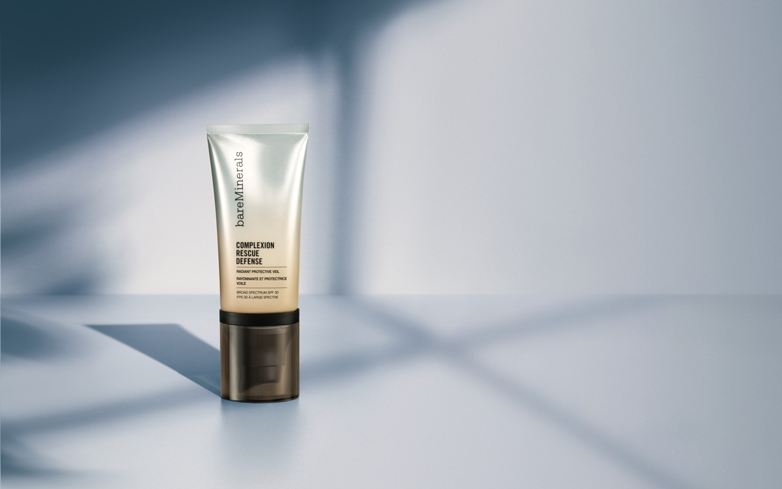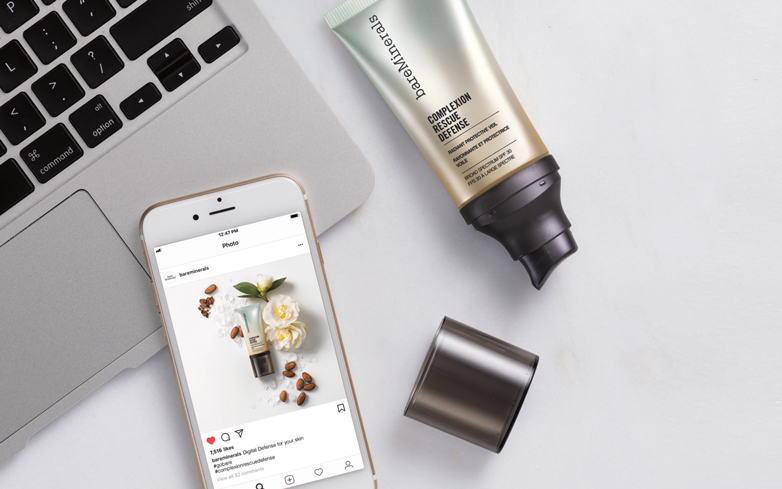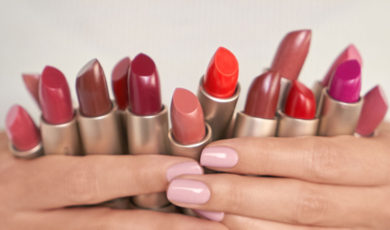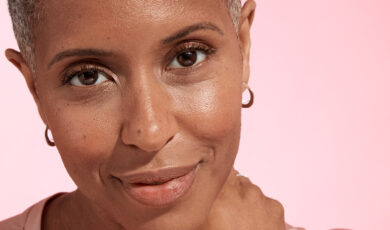Blue Light Damage 101: What You Should Know

For the better half of the last century, the skincare industry has been fixated on figuring out how to best protect people from the sun’s damaging UVA and UVB rays. There’s good reason for that: it can cause some awfully uncomfortable burns, premature aging, and most importantly, skin cancer.
While attention hasn’t shifted away from that important focus, there’s another “type” of light that skincare experts have realized is also important to shield ourselves from. We’re talking about blue light skin damage, of course, which we’ve all become increasingly exposed to thanks to our smart devices, including phones, tablets, televisions and computers.
What is Blue Light?
Blue light is a visible light with a wavelength between 400 and 450 nanometers. According to board-certified dermatologist Dr. Sejal Shah, blue light waves with these shorter wavelengths can be harmful to the skin. Due to the development of all our personal (and very addictive!) devices, many of us are being exposed to harmful blue light at extreme levels.
This has caused curious-minded people to study what happens to our skin at these new, high levels of exposure. The news isn’t so great, but fortunately it’s still possible to protect from damage.
What Kind of Skin Damage Are We Talking About?
Long story short: studies, including this one published in 2018, have found that blue light exposure results in oxidative stress on our skin. Even one-hour periods of exposure to a screen can create this damage.
“This is what can potentially lead to premature aging — wrinkles, fine lines [and] skin sagging. We also have evidence that blue light can cause hyperpigmentation,” says Dr. Shah. “Blue light can also suppress melatonin synthesis and that can also affect skin adversely. We would anticipate that overexposure to blue light could cause dark spots, wrinkles, loss of collagen and elastin break down.”
Dr. Peterson Pierre, a board-certified dermatologist based in Thousand Oaks, CA, adds that this sort of damage to the skin can easily become a compounding issue.
“As we age, the production of these free radicals increases, while our skin’s ability to repair the damaged DNA decreases. That, coupled with the huge surge in exposure to blue light from electronic devices, can lead to an accelerated aging process,” he says.
How Can I Prevent Skin Damage from Blue Light?
There are two primary ways you can help shield your skin from damage caused by blue light. The first is to reduce your exposure, and the second is to use products with antioxidants.
You can obviously reduce exposure by cutting back on your overall screen time. We know that’s not always practical — hello, 21st century — so perhaps a more convenient approach is to always apply a mineral AKA physical sunscreen.
“Mineral sunscreens containing zinc oxide are not only your best choice to protect yourself against the harmful effects of UV rays, but they are also very effective against blue light,” explains Dr. Pierre. “If you want to further boost your protection, look for products that also include antioxidants and DNA repair enzymes.”

The bareMinerals COMPLEXION RESCUE DEFENSE Radiant Protective Veil is a lightweight, mineral sunscreen with an SPF 30 that’s intended to protect your skin from indoor and outdoor UV rays. The hero ingredients are zinc oxide and titanium dioxide — powerful, mineral SPF active ingredients — and extracts from cacao seed and camellia flower.
“Cacao acts primarily as an antioxidant. We know that blue light causes an oxidative stress on the skin cells, so that’s primarily how the cacao is going to help against blue light [damage],” explains Dr. Shah. “Camellia flower extract is going to protect the skin from pollution by acting as an antioxidant.”
COMPLEXION RESCUE DEFENSE Radiant Protective Veil also contains sugar molecules, which can protect from pollution by essentially creating a thin, invisible veil over your skin. In other words, it temporarily bolsters your skin’s naturally barrier to keep unsavory particulates like smog, dust and other environmental aggressors from getting in. Dr. Shah says, “The skin does have a barrier, but it’s not a completely closed barrier, so just like your topical products are going to penetrate the skin, so can these other pollutants.”
By protecting yourself from the sun’s harmful rays, shielding yourself from damaging blue light, and keeping environmental aggressors away, your skin will look and feel healthier, more vibrant and more youthful for the years to come.





